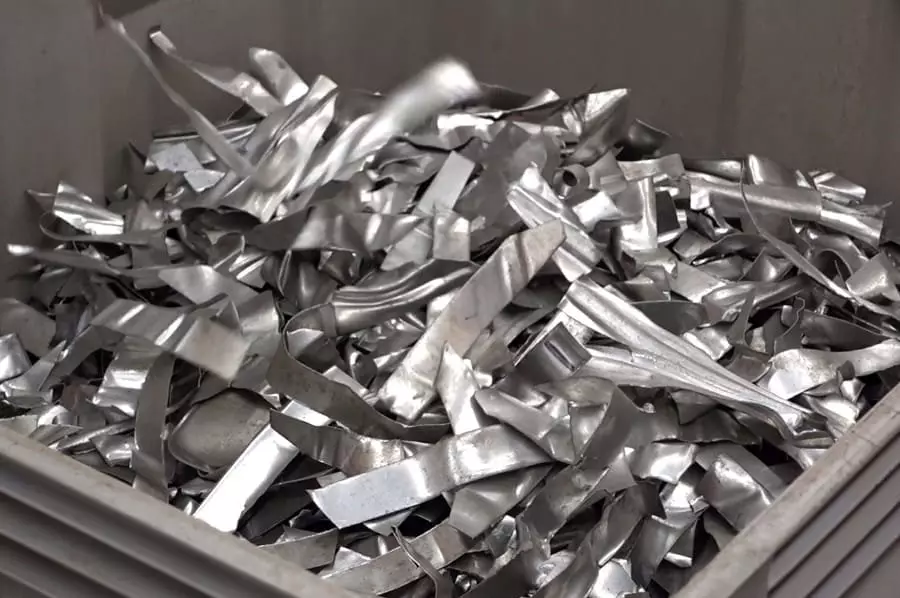

SGM Magnetics, an Italian leader in X-ray sorting technologies for metal recyclers, is introducing its latest proprietary technology, XRF-BS. This innovation combines X-ray fluorescence (XRF) with X-ray backscattering, offering an alternative to laser-induced breakdown spectroscopy (LIBS) for sorting aluminium alloys. X-ray backscattering is an underlying phenomenon of fluorescence, often considered a rumour in XRF spectrographic sorting analysis.

Unlike X-ray transmission (XRT), which performs a read-through analysis, both XRF-BS and LIBS conduct surface analysis. This means the accuracy of readings for both LIBS and XRF-BS can be affected by surface contaminants such as dirt, paint, or oxidation. The accuracy depends on the contamination's thickness and the reading's penetration depth.
XRF-BS typically penetrates around 100-200 microns, while LIBS usually penetrates about 10 to 20 microns, depending on laser energy and lens type. Paint thickness on aluminium profiles is typically over 40 microns, which is greater than LIBS penetration but less than XRF-BS.
XRF-BS provides continuous readings, whereas LIBS readings are discontinuous, resembling a sampling analysis. LIBS is suitable for clean aluminium sheets at stamping plants, where surface contamination is minimal and material composition is homogenous. In contrast, aluminium scrap sorting benefits from deeper and continuous analysis offered by XRF-BS.
Reading distance is a critical factor for both XRF-BS and LIBS, but it is easier to control with XRF-BS. Readings must occur within a certain distance from the surface, which is manageable as the analysis happens from underneath the material in free fall. On the other hand, LIBS has the additional constraint of staying within the laser's focal length, typically around 20mm, which can be limiting for longer or misshaped aluminium profiles. Increasing the focal length reduces energy and penetration depth.



Responses






